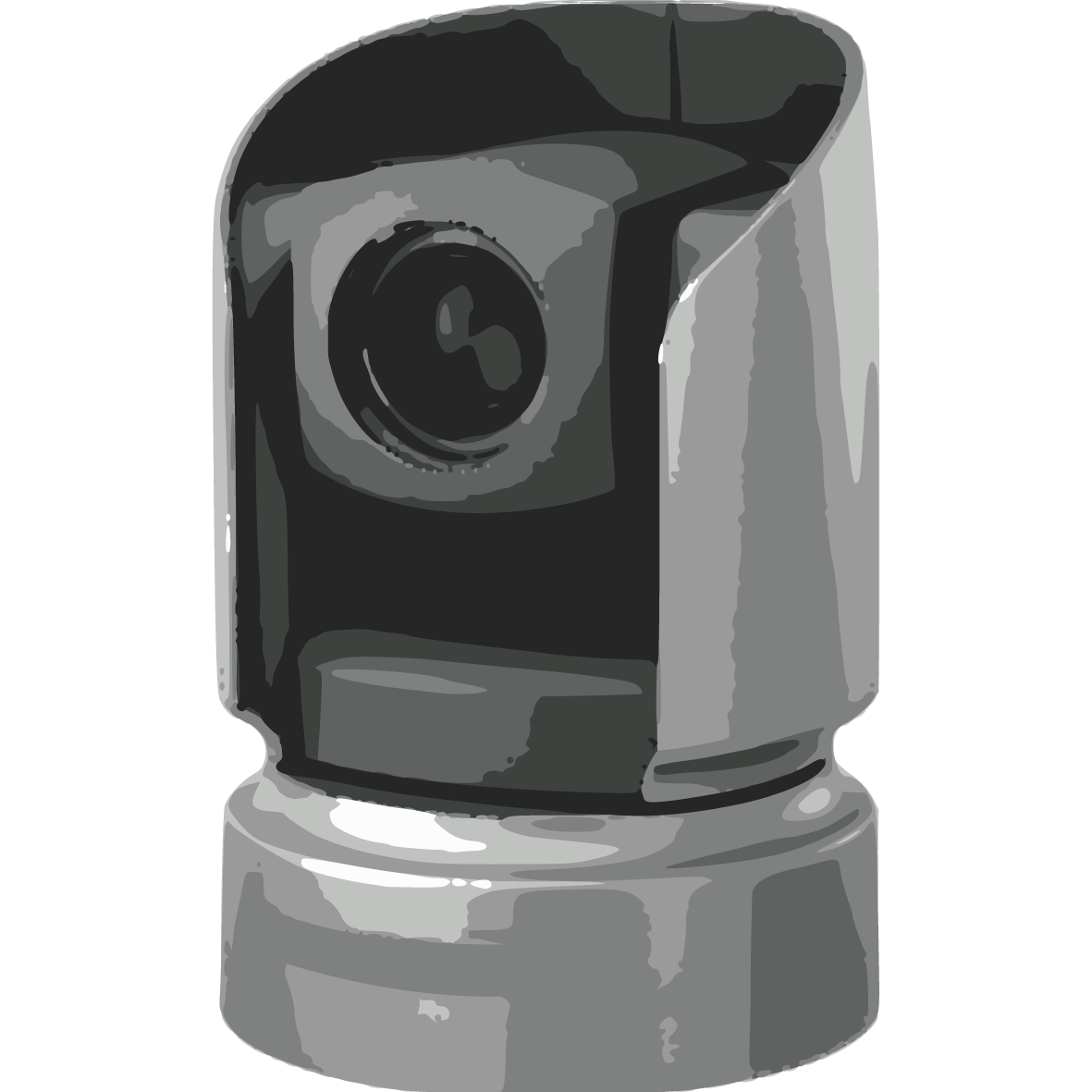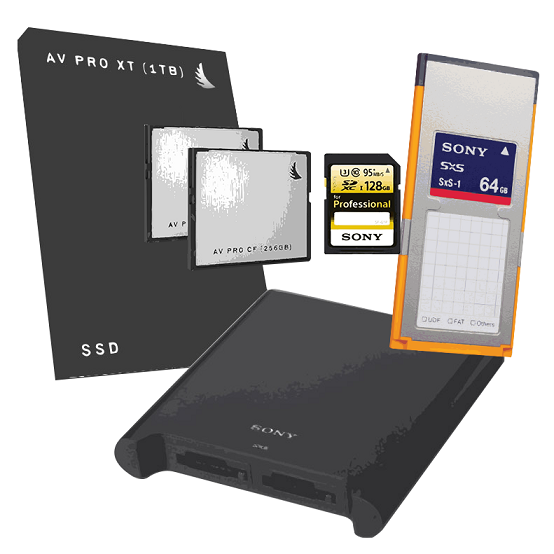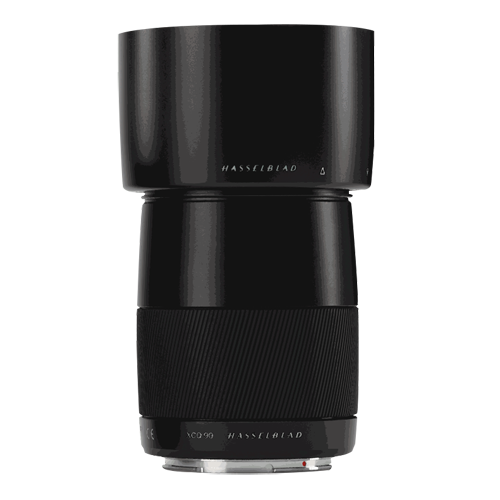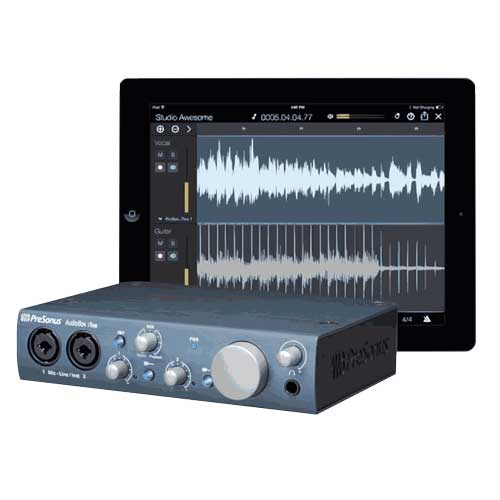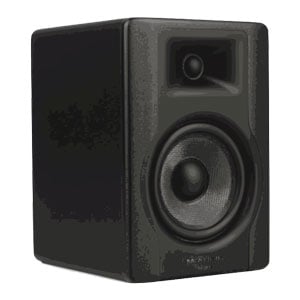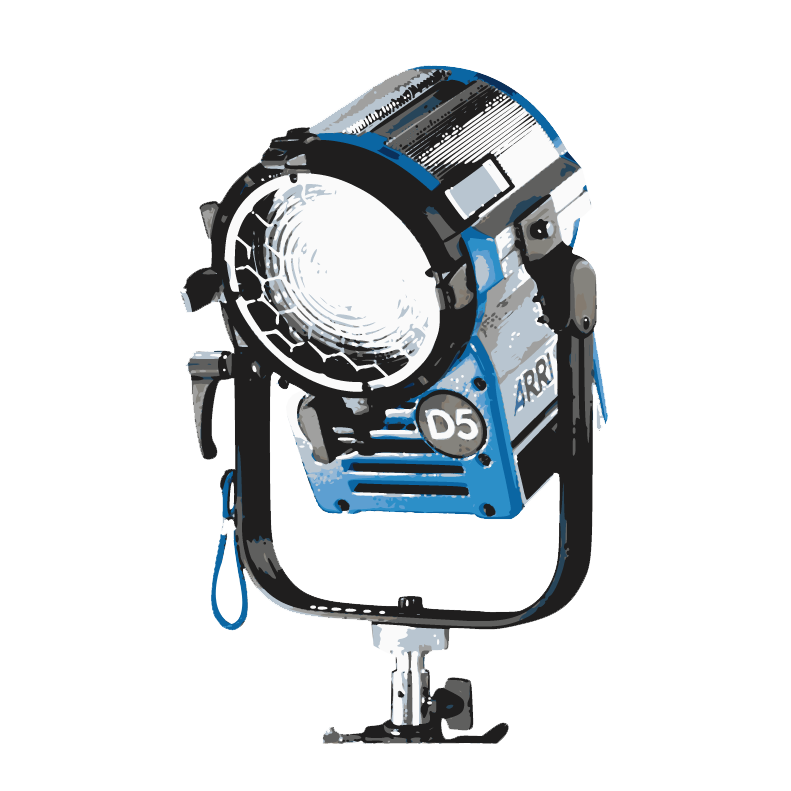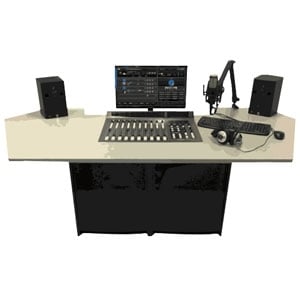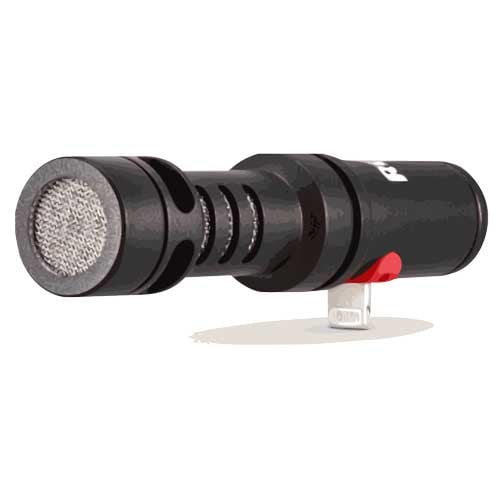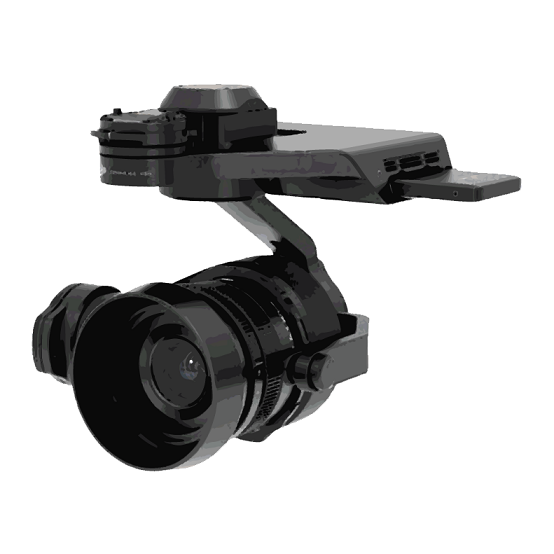Sony Alpha a7 IV With Sigma 24-70 & DJI RS2 Combo. The newly developed 33MP Exmor R CMOS sensor pairs with the BIONZ XR processor from the Alpha 1 to achieve quick shooting up to 10 fps and 4K 60p video recording, along with broad sensitivity up to ISO 51200 and a wide 15+ stop dynamic range. Beyond image quality, the sensor and processor also contribute to an advanced AI-based AF system that supports Real-time Eye AF and Real-time Tracking for intuitive AF control and subject tracking.
This fourth-generation of the a7 camera also sports an updated body design that houses a higher resolution 3.68m-dot EVF, vari-angle touchscreen LCD, and dual memory card slots, including one dual CFexpress Type A/SD UHS-II slot. Connectivity and streaming are also a key attribute of this camera, and it supports a simple plug-and-play design for live streaming directly from the camera when connected to a computer via USB.
Sensor and Processor
33MP Exmor R BSI CMOS Sensor
Newly developed 33MP Exmor R full-frame sensor features a back-illuminated design that promotes high clarity, low noise, and vivid color rendering. This design benefits working in low-light conditions and works in conjunction with a broad sensitivity range of ISO 100-51200. The sensor's design also achieves an impressive dynamic range of approximately 15 stops and files can be recorded in raw, JPEG, or the 10-bit HEIF format.
BIONZ XR Processor
Using the flagship-class BIONZ XR engine, high-speed image processing capabilities are available for fast continuous shooting, 4K video recording, and advanced AF tracking performance. The quick processing also helps to reduce rolling shutter and other motion distortions for clean rendering of moving subjects.
In terms of shooting speeds, the sensor and processor enable up to 10 fps shooting, using either the mechanical or electronic shutter and with AF/AE enabled. Also, the buffer permits recording up to 828 consecutive uncompressed raw + JPEG frames when using a CFexpress Type A card.
Advanced External Flash Control
Suiting working with flash while photographing fast-moving subjects, P-TTL flash metering is possible in between each exposure when working with lo, mid, or even hi-speed continuous shooting modes. This helps to maintain stable illumination if making low-light bursts and greatly benefits working in changing light or low-light conditions. The updated flash control system also helps to reduce flash trigger lag, uses the camera's AWB information for natural color rendering, and supports adjusting select flash and transmitter units directly from the camera's interface.
Video Recording
4K 60p Video Recording in 10-Bit
Making full use of the high-resolution 33MP sensor and fast processing capabilities, UHD 4K 30p XAVC HS 10-bit recording is possible using the full width of the sensor, offering 7K oversampling for impressive sharpness and realism.
There is also oversampled 4K recording, via a 4.6K capture area, with a Super 35 crop, that offers UHD 4K output up to 60p in 10-bit.
No recording time limit allows for unlimited clip lengths and the camera's physical design features an improved heat-dissipating structure to promote longer possible recording times; longer than one hour of continuous 4K 60p 10-bit 4:2:2 recording, for example.
The a7 IV employs a pair of codecs to suit different workflows: XAVC HS, which uses HEVC/H.265 encoding to retain more detail at smaller bitrates and XAVC S-I, which is an intraframe codec for consistent performance and quality at bitrates up to 600 Mb/s.
S-Cinetone, S-Log3, and Other Color and Gamma Controls
S-Cinetone can be used to deliver distinct colors and healthy-looking skin tone rendering that matches the FX9 and FX6 cameras, along with the a1 and a7S III, and is based on technology from the professional Cinema Line cameras, such as the VENICE. This color profile offers natural mid-tones, soft colors, and especially well-controlled highlights.
HLG (Hybrid Log-Gamma) support permits recording within a wide color gamut for producing HDR-ready content directly from the camera.
S-Log3 is also available for producing a 15+-stop dynamic range with increased grading control in the shadow to mid-tone regions of the image.
Sigma 24-70mm f/2.8 DG DN Art Lens for Sony E. The bright design suits working in available lighting conditions and also affords increased control over depth of field. The optical design incorporates a series of low dispersion and aspherical elements that greatly reduce a variety of aberrations in order to achieve high sharpness, enhanced clarity, and improved color accuracy. Both Super Multi-Layer and Nano Porous Coatings have also been applied to improve contrast and color rendering by suppressing lens flare and ghosting when working in strong lighting conditions.
Complementing the optical attributes, this lens also sports a stepping AF motor, which yields fast, precise, and notably quiet autofocus performance. At the wide end of the zoom range, a maximum magnification ratio of 1:2.9 suits working with close-up subjects and an 11-blade diaphragm contributes to a pleasing bokeh quality. Additionally, a weather-sealed design benefits working in trying environmental conditions.
The RS 2 gimbal is a redesigned follow-up to the Ronin-S gimbal with a payload of up to 10 lb. It's about 25% lighter and more compact thanks to monocoque carbon fiber axis arms and a shorter grip handle with a smaller battery cartridge, although still with a 12-hour runtime. The motors are about 20% more powerful and support cameras such as the Blackmagic Pocket 6K, Canon 1D X Mark III, Sony a7S III, and ALEXA Mini LF. Please see the most current camera and lens compatibility list on the DJI website.
The RS 2 also has a 1.4" full-color LCD touchscreen that allows you to access gimbal settings as well as features such as time-lapse and hyperlapse, which were previously accessible only via the companion mobile app.
The RS 2 uses the DJI Titan stabilization algorithm to provide improved stabilization with increased smoothness. In applications with up to 100mm zoom lenses, a built-in feature called SuperSmooth complements the algorithm by compensating for micromovements and increasing torque to achieve fluid motion (an optional lens support is required).
There are also two RSA ports with electrical contacts for dedicated accessories, and each port has a NATO mount for quick release attachment of these optional accessories. One RSA port is provided on the left and one on the right side of the gimbal. Supported accessories include a focus wheel, a twist-grip dual handle, and a universal mount for efficiently attaching the gimbal to a car, jib, or slider.
The companion iOS/Android Ronin app offers many creative features in addition to standard time-lapse and panorama functions. Time Tunnel combines roll motion with hyperlapse to "twist" space and time. Track allows you to create a repeatable camera movement path for a tightly choreographed shot. Force Mobile makes the gimbal follow your smartphone's movements. Force Mobile can also be achieved with enhanced responsiveness when you use the included RavenEye transmission system. When you use the RavenEye, you can also display a live view of your subjects on the touchscreen when using the RavenEye's ActiveTrack feature.












